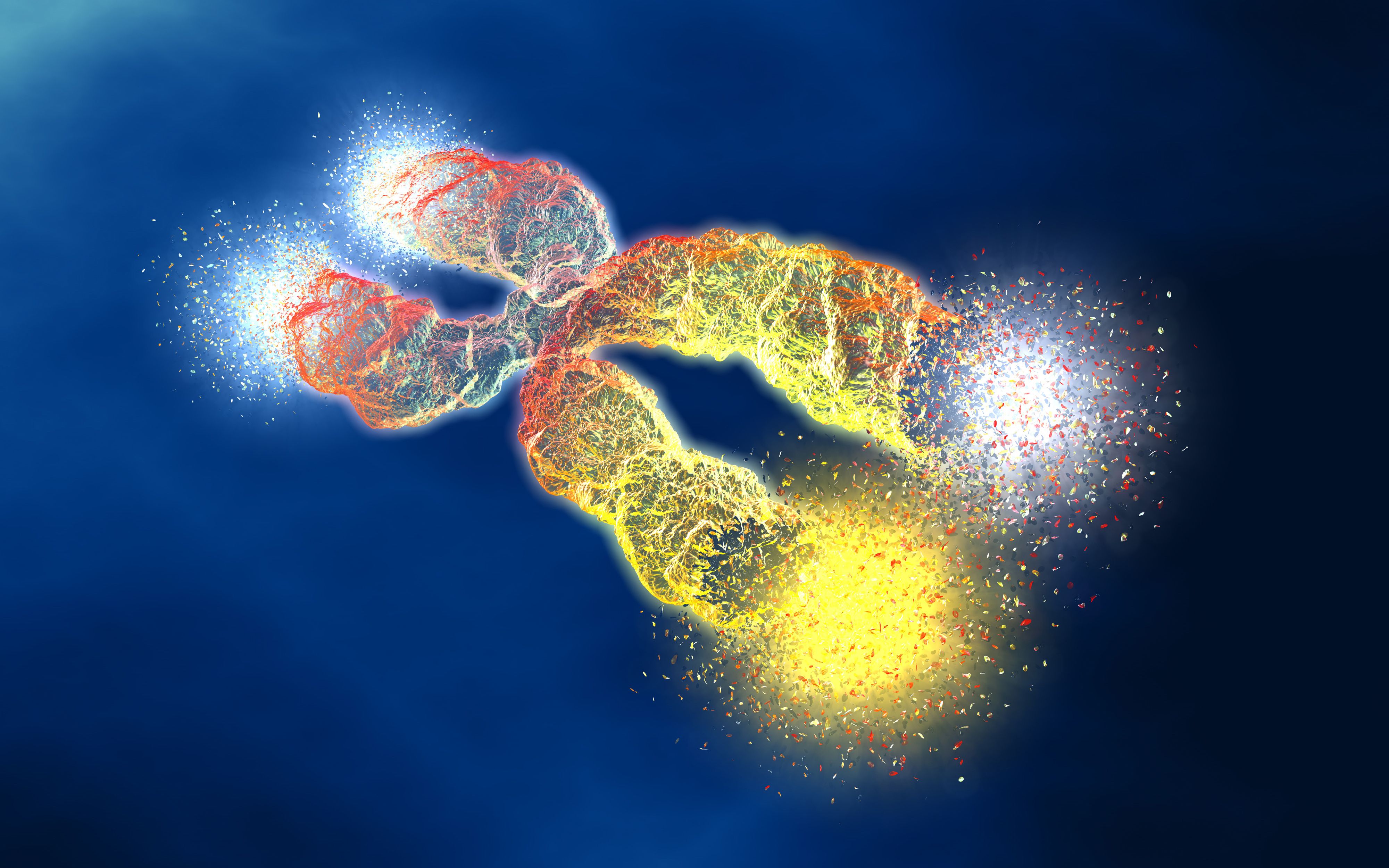Scientists Pioneer Advanced Method for Assessing Lipid Peroxidation
Scientists have developed an innovative method combining response surface methodology (RSM) and artificial intelligence network (AIN) to accurately estimate malondialdehyde (MDA) levels, a crucial biomarker for lipid peroxidation and oxidative stress measurement.
Oxidative stress is a biological phenomenon resulting from the damaging effects of reactive oxygen species. This phenomenon negatively impacts several molecules in the human body, resulting in the formation of several processes that can damage the body and its cells (1). Lipid peroxidation is one of these processes. A team of scientists from the Chobanian & Avedisian School of Medicine of Boston University, Azad University of Tehran North, and Institute for Color Science and Technology (ICST) sought to discover more about these processes by creating a new method that can accurately estimate malondialdehyde (MDA) levels in cells (1). This new method combines response surface methodology (RSM) and artificial intelligence network (AIN) (1).
Chromosome with shortened telomeres | Image Credit: © Axel Kock - stock.adobe.com

The accumulation of reactive oxygen species (ROS) within cells initiates lipid peroxidation—a process in which polyunsaturated fatty acids generate MDA as an end product (1). MDA has garnered widespread recognition as a reliable biomarker for assessing oxidative stress levels indirectly. However, despite the availability of various derivatization approaches and commercial kits, ensuring analytical validity and reliability in clinical studies remains a challenge, necessitating the need for more accurate measurement techniques (1). Additionally, accurately characterizing the sensitivity and selectivity of analytical methods in detecting free MDA, total MDA, DNA adducts, and protein adducts has been a key area of interest.
Addressing these gaps, the team introduced a novel modeling approach that employs response surface methodology (RSM) and artificial neural network (ANN) to optimize and predict MDA absorbance behavior (1). Their methodology incorporates a newly developed reagent called para methoxy aniline (PMA), which facilitates the conversion of MDA into a detectable adduct using ultraviolet-visible (UV-vis) spectroscopy (1). Through careful examination of the interactions between MDA and PMA under various conditions, the researchers successfully forecasted the absorbance rate of the MDA-PMA adduct (1).
The team identified the optimal conditions for achieving the highest absorbance rate of the MDA-PMA adduct, pinpointing a temperature of 74.99 °C along with a PMA concentration of 499.87 μM and an MDA concentration of 49.98 μM (1). Furthermore, they devised a multi-layer perceptron artificial neural network (MLP-ANN) model comprising five hidden layers with specific neuron configurations and transfer functions, resulting in a maximum error rate of 2.08% (1).
By surpassing the limitations of existing assay kits, including time, temperature, and reliability constraints, this groundbreaking approach holds tremendous potential for accurately quantifying increased MDA levels in human samples. The findings of this study, published in the Journal of Chemometrics, reveal a new way to improve assessment of lipid peroxidation and oxidative stress (1).
Reference
(1) Akbari, B.; Najafi, F.; Bahmaei, M.; Mahmoodi, N. M.Modeling and optimization of malondialdehyde (MDA) absorbance behavior through response surface methodology (RSM) and artificial intelligence network (AIN): An endeavor to estimate lipid peroxidation by determination of MDA. J. Chemom. 2023, ASAP. DOI: 10.1002/cem.3468
Synthesizing Synthetic Oligonucleotides: An Interview with the CEO of Oligo Factory
February 6th 2024LCGC and Spectroscopy Editor Patrick Lavery spoke with Oligo Factory CEO Chris Boggess about the company’s recently attained compliance with Good Manufacturing Practice (GMP) International Conference on Harmonisation of Technical Requirements for Registration of Pharmaceuticals for Human Use (ICH) Expert Working Group (Q7) guidance and its distinction from Research Use Only (RUO) and International Organization for Standardization (ISO) 13485 designations.